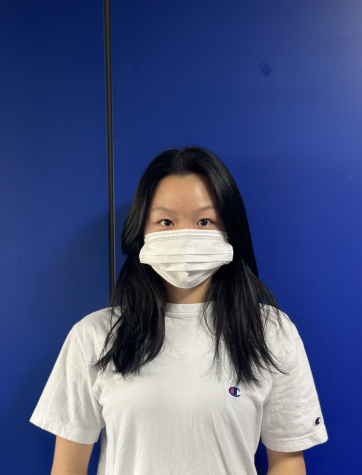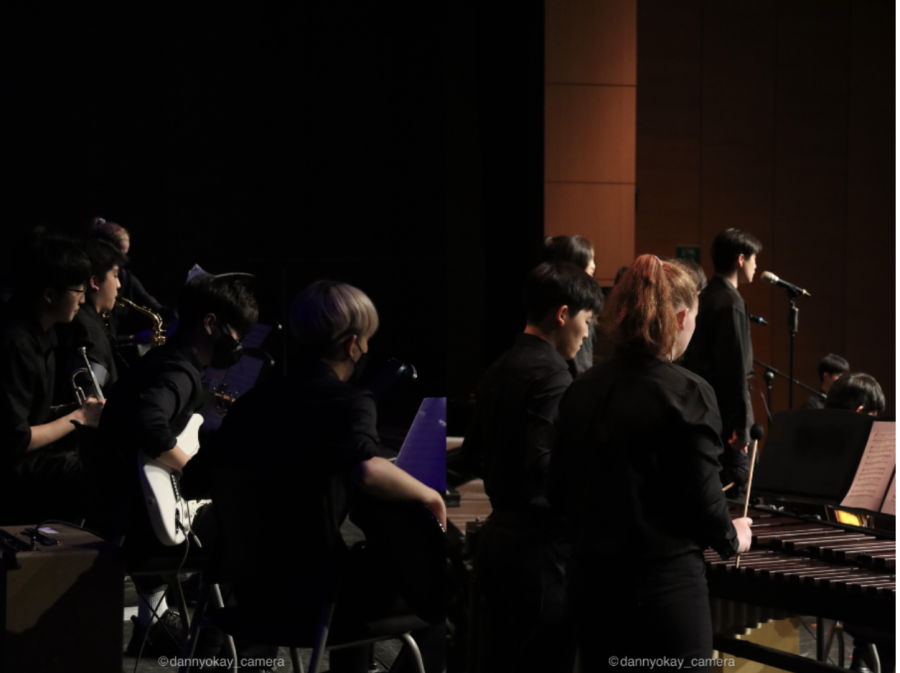Is the fixed OE schedule worth sacrificing our well-being?
From the beginning of September to mid-October, Chadwick International celebrated another year of Outdoor Education, a program designed to provide the perfect backdrop for experiential education in the wilderness and act as a platform to cultivate character and learn lessons that prepare them for life outside of school. Despite its novelty, it is welcomed with open arms by many participants for its benefits.
However, with the fun comes hard work; mid-autumn to winter is also the time of year when academic stress is at its peak with never-ending summative assessments and heavy burdens for a high score on the SATs. On top of that, for many student-athletes, KAIAC matchups are just around the corner, adding pressure to practice as a varsity member. With this being the case, there have been many complaints from upper school students regarding the conflicting schedule with OE and their general school life.
“I believe that the OE program impacted my SAT score as there were fewer opportunities to study or review the test preparation materials. I also encountered challenges sustaining my well-being after completing the expedition,” Jennie Kwon (11) reflected. Esthelle Chung (10) also mentions her struggles by noting, “to a certain extent, I think OE influenced my score partially as due to it taking place on the week right before my SAT test. I had to spend a whole week off without being able to study.”
Ashley Yoon (10), a junior varsity volleyball player, remarked that “I had muscle pains and bruises all over my body. My body was tired overall, and I wasn’t able to fully participate in practices.” She pointed out how OE had brought unwarranted injuries that hindered her from excelling from where she left off during the season. “Many athletes, including myself, missed a week of practice as well as weekday tournaments [due to OE], which may have potentially impacted the team’s achievement,” added Jennie Kwon (11), a girls’ varsity cross country runner, expressing her worry for her forthcoming performance.
Although there were problems regarding OE, SATs, and athletics, many students seemed to appreciate the attempts to decrease school-related academic burdens, such as pushing the summative deadlines to be completed after OE. Sophie Kim (10) mentioned, “since most of the summatives were scheduled after the OE program, there weren’t any inconveniences in completing assignments or meeting deadlines.”
As such, most students have found the burden of OE a hindrance during their crucial SAT exams, academic studies, and extracurricular activities despite the efforts made by the school. While voices of concern rise, there is a need for the school to devise a solution with collaboration between faculty and students to address the issue at hand.

Hi! I'm Zoe Kim, one of the editors of the Bell Tower Magazine. I am a freshman at Chadwick International, and this is my first full year on staff. In...














